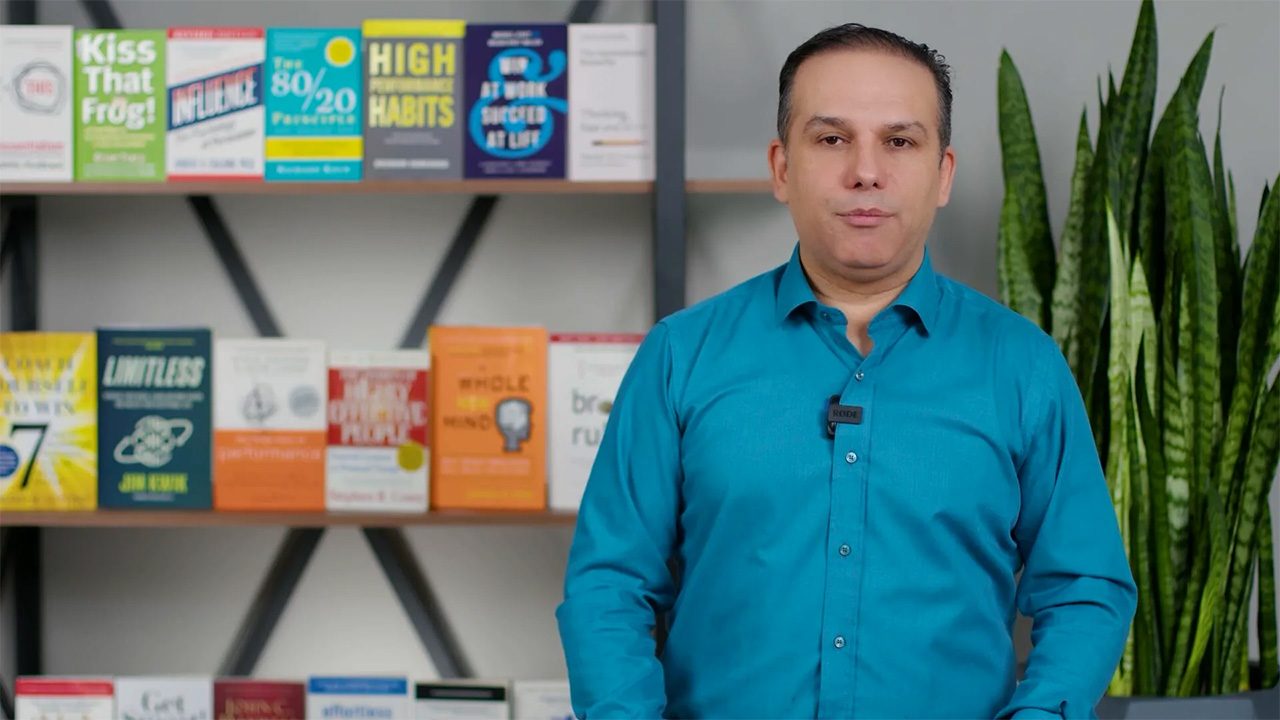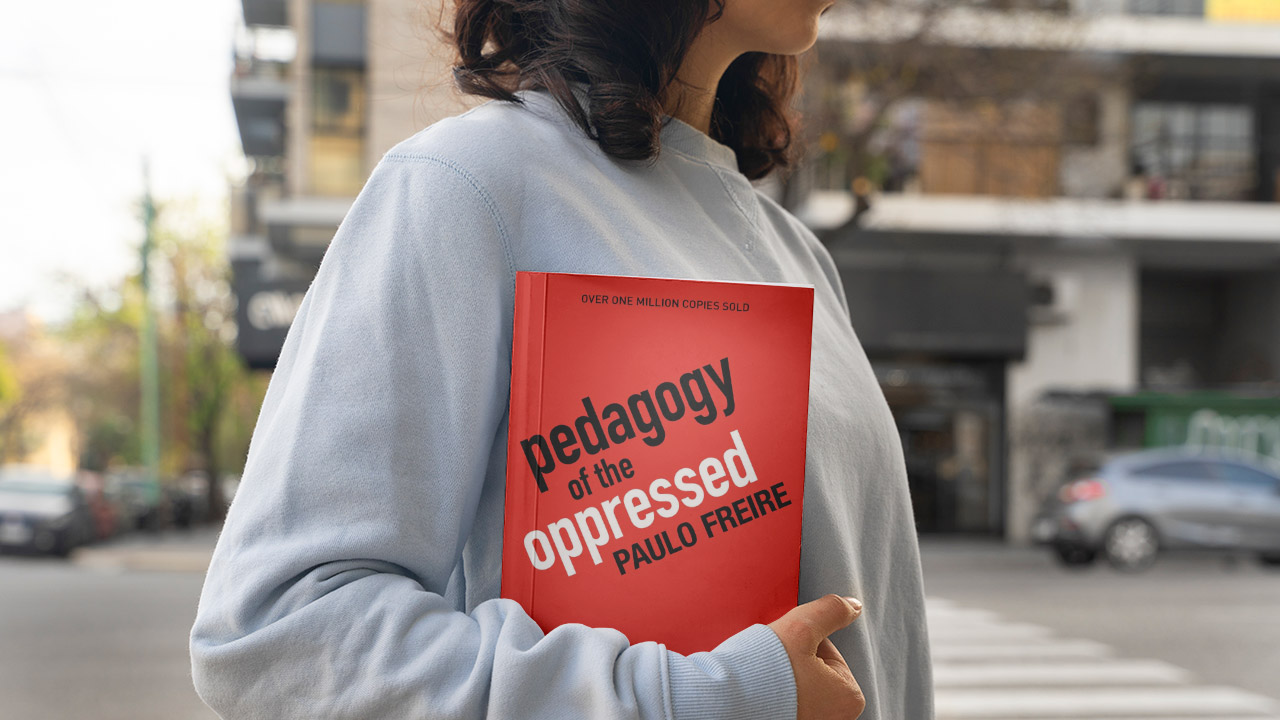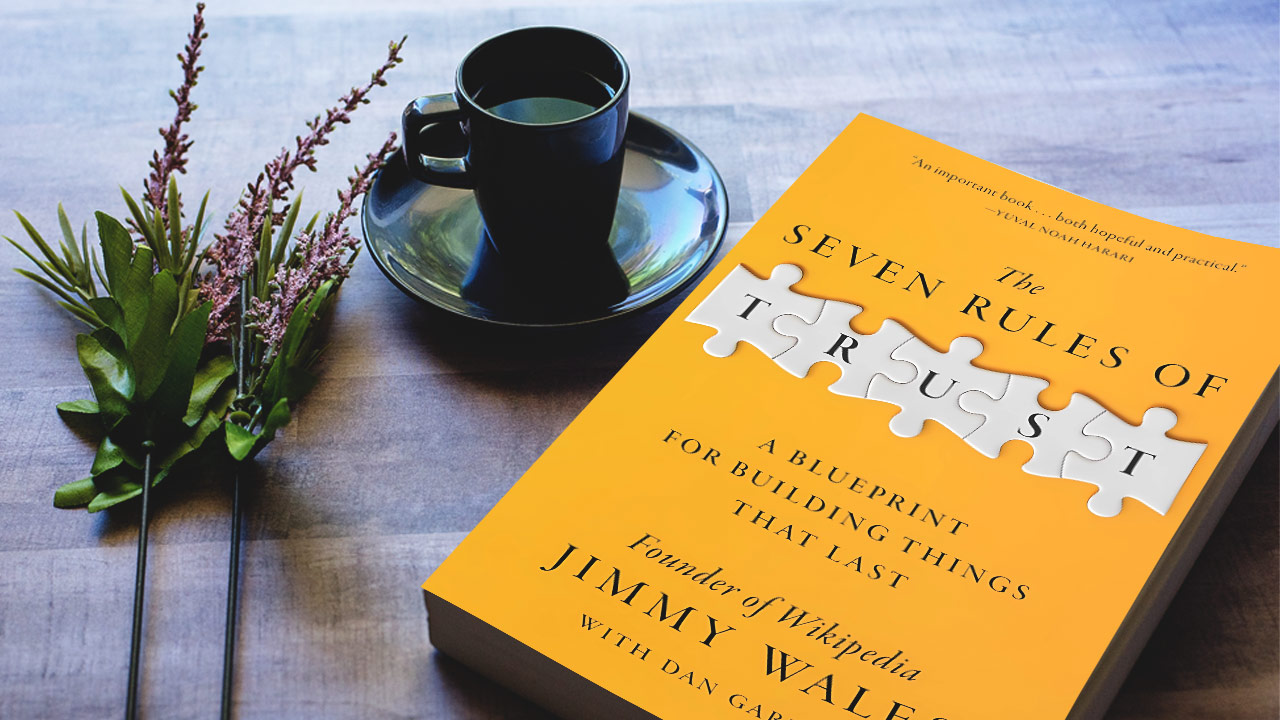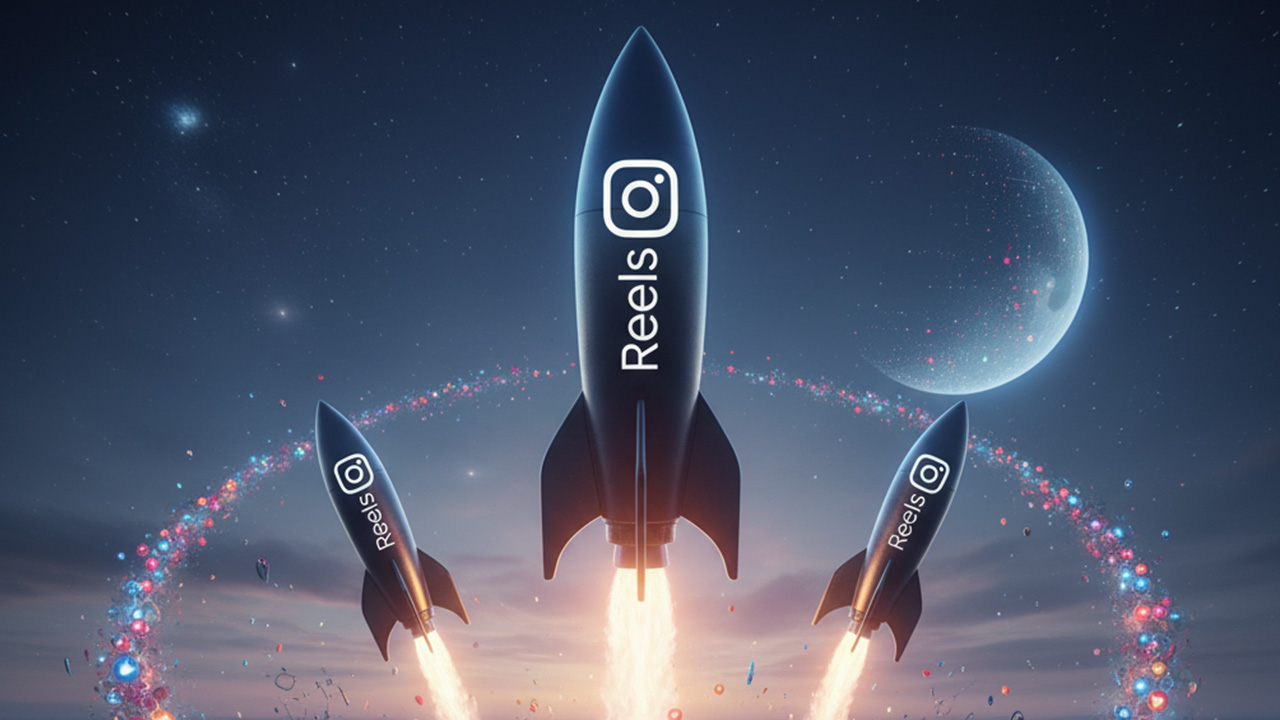Contents
- 1 What is Confirmation Bias?
- 2 The Harmful Effects of Confirmation Bias on Learning
- 3 A Practical Example: Business Learning and Confirmation Bias
- 4 How to Break Free from Confirmation Bias and Achieve Real Progress
- 5 Practical Steps to Combat Confirmation Bias
- 6 Why This Approach Matters
- 7 Final Thoughts
Have you ever wondered why, despite learning new things, you often find yourself stuck, unable to apply what you’ve learned effectively? This common struggle is rooted in a psychological phenomenon known as confirmation bias, or as I prefer to call it, the “search for confirmation.” In this article, I will take you through the essence of this cognitive bias, how it affects our learning and growth, and most importantly, how to overcome it to achieve meaningful progress.
What is Confirmation Bias?
Confirmation bias is a cognitive tendency where our brain seeks out information that confirms our existing beliefs and viewpoints while ignoring or undervaluing information that contradicts them. Although the scientific term is “confirmation bias,” I find it easier and more relatable to refer to it as the “search for confirmation.”
Every time we receive information—whether through reading, watching, or listening—our mind subconsciously filters it by giving more weight to parts that align with our preconceived notions. Conversely, information that conflicts with our beliefs is often dismissed or rationalized away.
For example, if you strongly believe that drinking a lot of water daily is extremely beneficial and should be done in large quantities, say 20 glasses a day, you might encounter five news reports about water consumption. Four of these might argue that excessive water intake is harmful, while only one supports your belief. What tends to happen is that you dismiss the four opposing reports with simple justifications such as “those studies were flawed,” “they weren’t conducted in our region,” or “their findings don’t apply to me.” Meanwhile, you give disproportionate importance to the one that confirms your belief.
The Harmful Effects of Confirmation Bias on Learning
Where does this bias cause the most damage? One of the most critical areas is learning. When we learn something new, we often selectively absorb only those parts that resonate with our existing worldview. This process can be called selective absorption, a direct consequence of confirmation bias.
What happens as a result? Many people who attend training or educational courses in a specific field find that their real-life situations remain unchanged. Why? Because they highlight and internalize the information that supports their previous beliefs and dismiss the rest.
They might say, “This part is correct,” about what they already knew, but regard other valuable insights as irrelevant or incorrect, thinking, “The instructor doesn’t understand my situation,” or “This advice won’t work for me.” Consequently, they fail to implement new strategies or change behaviors, making their learning ineffective.
A Practical Example: Business Learning and Confirmation Bias
Consider a business seminar where participants learn five key tips: hire good employees, advertise effectively, and three other points. Suppose some attendees are strongly against advertising, believing it’s a waste of money. They might reject the advertising advice outright, claiming, “This speaker doesn’t know the conditions of my company or city; advertising doesn’t work here.” Instead, they only embrace the points they already agree with.
As a result, nothing changes in their business operations or outcomes, and no real progress is made. This example clearly illustrates how confirmation bias limits the effectiveness of learning and growth.
How to Break Free from Confirmation Bias and Achieve Real Progress
So, what can you do if you want to achieve significant accomplishments? The key lies in consciously seeking out and focusing on information that contradicts your current beliefs, especially in areas related to your goals.
Whenever you learn new material about achieving a particular outcome, deliberately note down and reflect on the points that directly oppose your existing views. This practice forces you out of your comfort zone and challenges your mental models, which is essential for true growth.
For instance, if you’re learning to play an instrument like the piano, and your teacher insists that practicing two hours a day is necessary for progress, but you believe one hour is enough because you think you’re naturally talented, you might ignore the teacher’s advice. This disregard prevents you from reaching your desired results.
Therefore, avoid dismissing conflicting information just because it challenges your current mindset. Instead, explore it thoroughly and evaluate its validity. You might discover valuable insights that you previously overlooked, which could be the missing piece in your journey toward improvement.
Practical Steps to Combat Confirmation Bias
- Recognize the Bias: Awareness is the first step. Understand that your brain naturally seeks confirmation and that this can hinder learning.
- Seek Contradictory Evidence: Make a conscious effort to find and consider information that challenges your beliefs.
- Take Notes on Opposing Views: Write down ideas that conflict with your current thinking and reflect on them in depth.
- Be Open to Change: Embrace discomfort as a sign of growth. Changing your mindset is often challenging but necessary.
- Apply New Knowledge Gradually: Experiment with implementing ideas that you initially disagree with to see their effects firsthand.
Why This Approach Matters
By consciously focusing on conflicting information and giving it a fair chance, you open yourself up to new possibilities and solutions. This mindset shift is essential for breaking through plateaus in learning and performance.
Remember, the goal is not to abandon your beliefs entirely but to refine and expand your thinking. Sometimes, what seemed implausible or irrelevant might hold the key to breakthroughs in your personal or professional life.
Final Thoughts
Confirmation bias, or the search for confirmation, is a powerful cognitive trap that limits our ability to learn effectively and grow. By understanding how it works and actively working against it, you can transform your learning experiences and achieve the success you desire.
Start today by paying attention to information that challenges your views, especially in areas critical to your goals. Reflect on these insights, test them, and be willing to adjust your approach. This conscious effort will pave the way for meaningful progress and lasting change.
If you have experienced confirmation bias in your own learning journey, share your story and how you overcame it in the comments. Your experience could inspire others to break free from this common pitfall!








